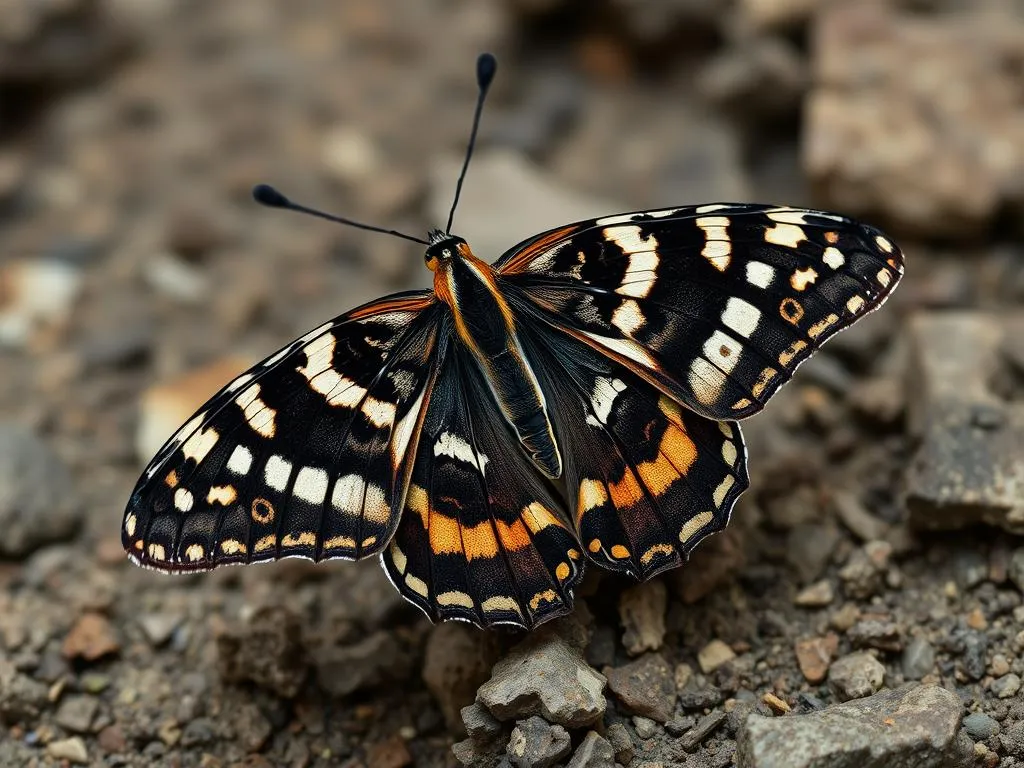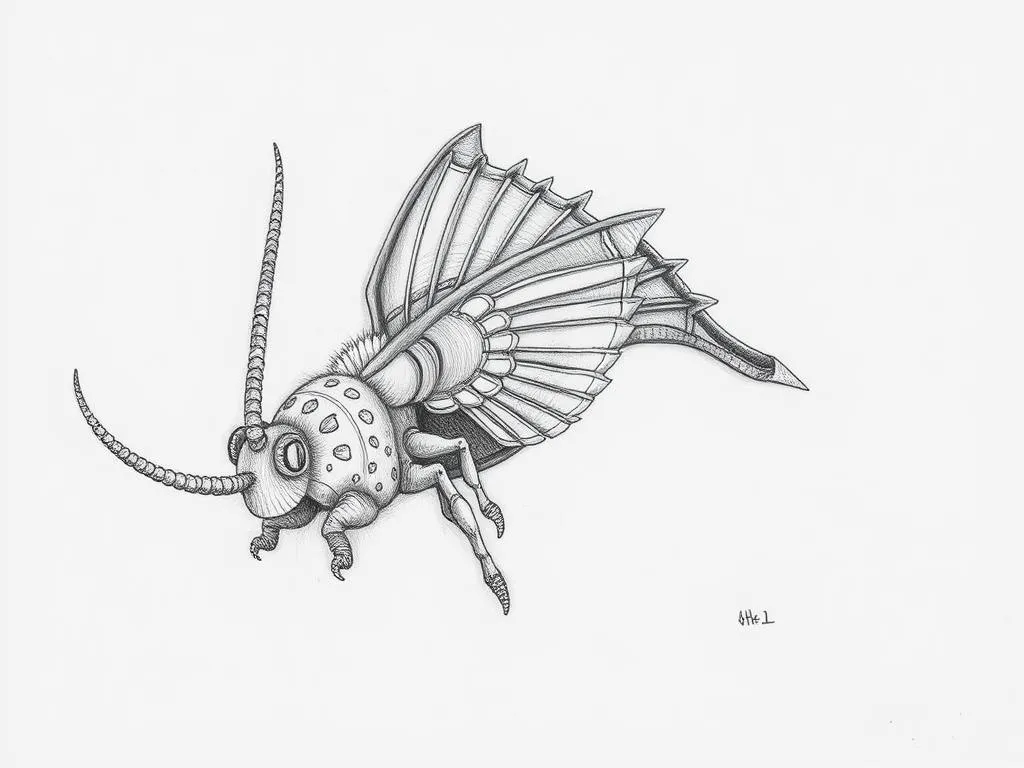Exploring the Symbolism of Polacanthus: The Armored Guardian of the Past

Disclaimer: Some images on this website are AI-generated artworks and may not accurately represent real animals.
Understanding Polacanthus
Overview of Polacanthus
Polacanthus is a captivating dinosaur that roamed the Earth during the Early Cretaceous period, approximately 140 million years ago. This herbivorous dinosaur is primarily known for its distinctive armor and spiked tail, characteristics that not only set it apart from other dinosaurs but also contribute to its symbolism as a guardian of resilience and strength.
The physical characteristics of Polacanthus are intriguing. It was a medium-sized dinosaur, measuring about 5 to 7 meters in length. Below is a table summarizing its physical features:
| Feature | Description |
|---|---|
| Length | 5 to 7 meters |
| Weight | Approximately 1,000 kg |
| Body Structure | Low, robust body with a wide stance |
| Armor | Bony plates covering the back |
| Tail | Long with spikes used for defense |
| Limbs | Strong, sturdy legs adapted for support |
Polacanthus inhabited what is now Europe, particularly areas that would become England and France. During its time, the environment was lush, filled with vegetation, which provided ample food sources for this herbivore. The unique adaptations of Polacanthus, particularly its armor and spiked tail, reflected a lifestyle that demanded protection from predators.
Behavior and Lifestyle
The behavior and lifestyle of Polacanthus also contribute to its rich symbolism. Evidence suggests that Polacanthus may have exhibited social structures and potential herding behaviors. Living in groups could have provided safety in numbers, allowing these dinosaurs to defend themselves against predators more effectively.
In terms of diet, Polacanthus primarily consumed low-lying plants, shrubs, and other vegetation. Its strong limbs and beak-like mouth were well adapted for foraging in its environment. The Polacanthus’s ability to find food in a competitive ecosystem speaks to its resilience and adaptability.
When it comes to defense, Polacanthus possessed remarkable adaptations. Its bony armor served as a formidable barrier against predators, while its spiked tail could be wielded as a weapon. This combination of defenses not only ensured survival in a perilous world but also imbued the Polacanthus with a sense of strength that resonates with its symbolic meaning today.

Symbolism & Spiritual Meaning
Armor and Protection
The armor of Polacanthus is a powerful symbol of safety and resilience. Just as this dinosaur relied on its bony plates for protection, individuals can draw strength from the concept of personal armor—whether emotional, mental, or spiritual. This symbolism emphasizes the importance of self-defense and the need to stand one’s ground in the face of adversity.
In many cultures, armor represents not only physical protection but also the emotional barriers we build to safeguard ourselves from harm. Just as Polacanthus navigated a world filled with threats, we too face challenges that require us to fortify ourselves.
Strength in Adversity
The Polacanthus embodies the idea of strength in adversity. Its various defensive adaptations illustrate the importance of overcoming challenges. The resilience shown by this dinosaur, thriving despite the dangers of its environment, reflects the human experience of facing hardships and emerging stronger on the other side.
In personal growth, encountering and overcoming obstacles can lead to profound transformations. The symbolic representation of Polacanthus serves as a reminder that adversity can be a catalyst for strength and resilience, encouraging individuals to embrace their challenges rather than shy away from them.
Balance of Power
The Polacanthus also symbolizes the balance of power within nature. As a herbivore, it navigated the delicate ecosystem alongside predators. This duality of strength and gentleness highlights the role of Polacanthus in its environment, serving as both a protector and a contributor to the food chain.
This balance of power can inspire individuals to recognize their own strengths while respecting the strengths of others. Just as Polacanthus had to maintain its position within the ecosystem, we too must find our balance in the world around us, respecting both our power and the power of those we encounter.
Polacanthus in Dreams
Interpretations of Polacanthus Dreams
Dreams featuring Polacanthus can carry significant meaning, often reflecting themes of protection and resilience. Dreaming of this armored dinosaur may signify a need for security in one’s life. The symbolism of Polacanthus in dreams may highlight underlying feelings of vulnerability and the desire to safeguard oneself against external threats.
A dream featuring an armored creature like Polacanthus can also indicate a confrontation with one’s fears or challenges. The resilience embodied by this dinosaur can serve as a reminder to face obstacles head-on.
Common Themes
Below is a table of common themes associated with dreams of Polacanthus:
| Theme | Interpretation |
|---|---|
| Protection | Need for security and safety |
| Resilience | Overcoming personal challenges |
| Confrontation | Facing fears or difficult situations |
| Strength | Embracing one’s own power and abilities |
The themes found in dreams featuring Polacanthus highlight the importance of understanding our emotional landscape. Recognizing these symbols can provide clarity and insight into our waking lives, guiding us toward personal empowerment.
Modern Interpretations
Cultural References
In contemporary culture, Polacanthus often appears in media and literature, capturing the imagination of audiences. Movies, documentaries, and books featuring dinosaurs frequently depict these ancient creatures as symbols of strength and resilience. The portrayal of Polacanthus as an armored guardian resonates with viewers, reinforcing its significance as a protector.
These cultural references serve to bridge the gap between the prehistoric world and modern sensibilities, allowing us to draw lessons from the past. The fascination with dinosaurs, including Polacanthus, is a testament to our enduring connection to nature and the lessons it imparts.
Symbolic Use in Modern Spirituality
The resurgence of interest in dinosaurs, including Polacanthus, extends into modern spirituality. Many individuals find inspiration in the symbolism of these creatures, using them as guides for personal empowerment and resilience. The Polacanthus serves as a totem for those seeking strength in their lives, embodying the qualities of protection and courage.
In today’s world, where challenges abound, the lessons derived from Polacanthus can inspire individuals to embrace their strength and fortify themselves against life’s difficulties. This symbolic use of Polacanthus serves as a reminder that we are not alone in our struggles; we can draw on the wisdom of the past to navigate our present.
Key Takeaways
- Polacanthus symbolizes strength and protection through its unique armor.
- The resilience of Polacanthus encourages us to face adversity with courage.
- The balance of power represented by Polacanthus teaches the importance of respecting one’s strengths and the strengths of others.
- Dreams featuring Polacanthus often highlight themes of protection, resilience, and confronting fears.
- The cultural interpretations of Polacanthus serve as a bridge between the past and modern life, offering valuable lessons in personal empowerment.
Conclusion
In summary, Polacanthus holds a significant place in both the prehistoric world and our symbolic understanding today. Its characteristics of resilience, strength, and protection serve as powerful reminders of the importance of safeguarding ourselves against adversity.
As we reflect on the lessons imparted by this ancient creature, we are encouraged to embrace our own experiences of strength and resilience. By understanding the symbolism of Polacanthus, we can find inspiration and empowerment in our daily lives, learning to navigate challenges with the same courage that this armored guardian of the past exemplified.
Ultimately, the story of Polacanthus is a testament to the enduring nature of strength and the universal struggle for protection and safety that resonates across time.







